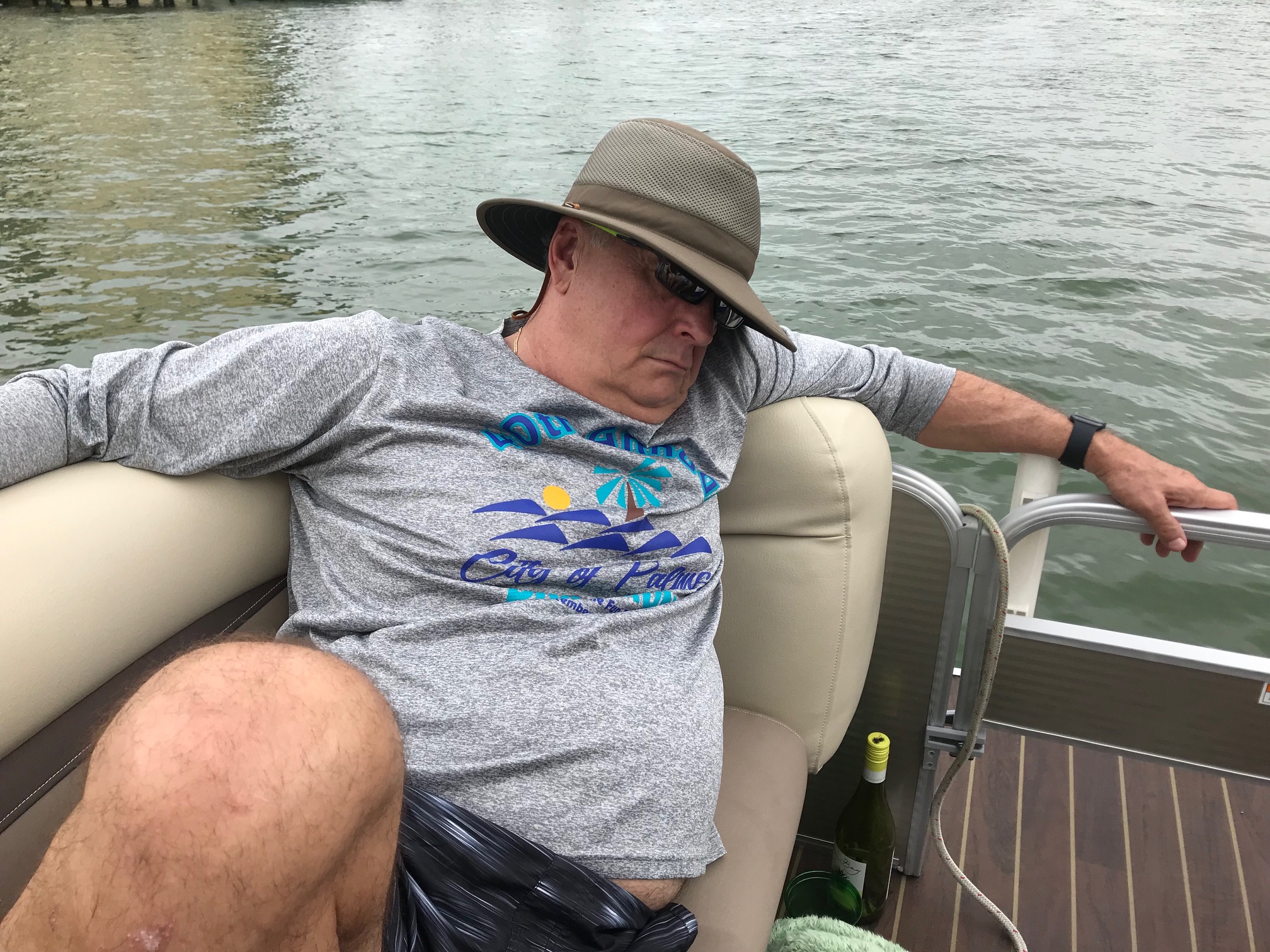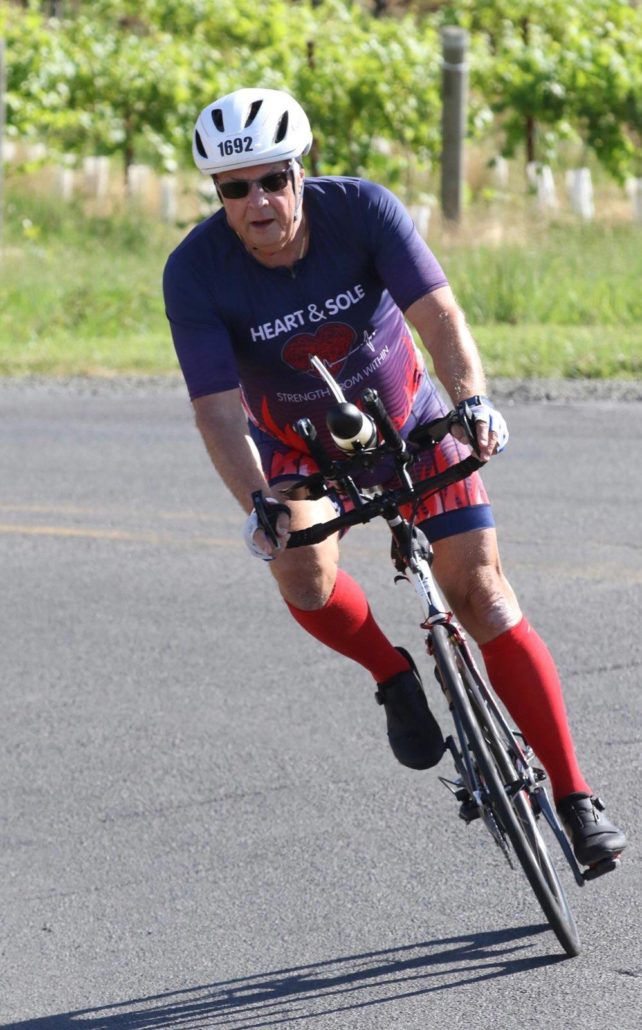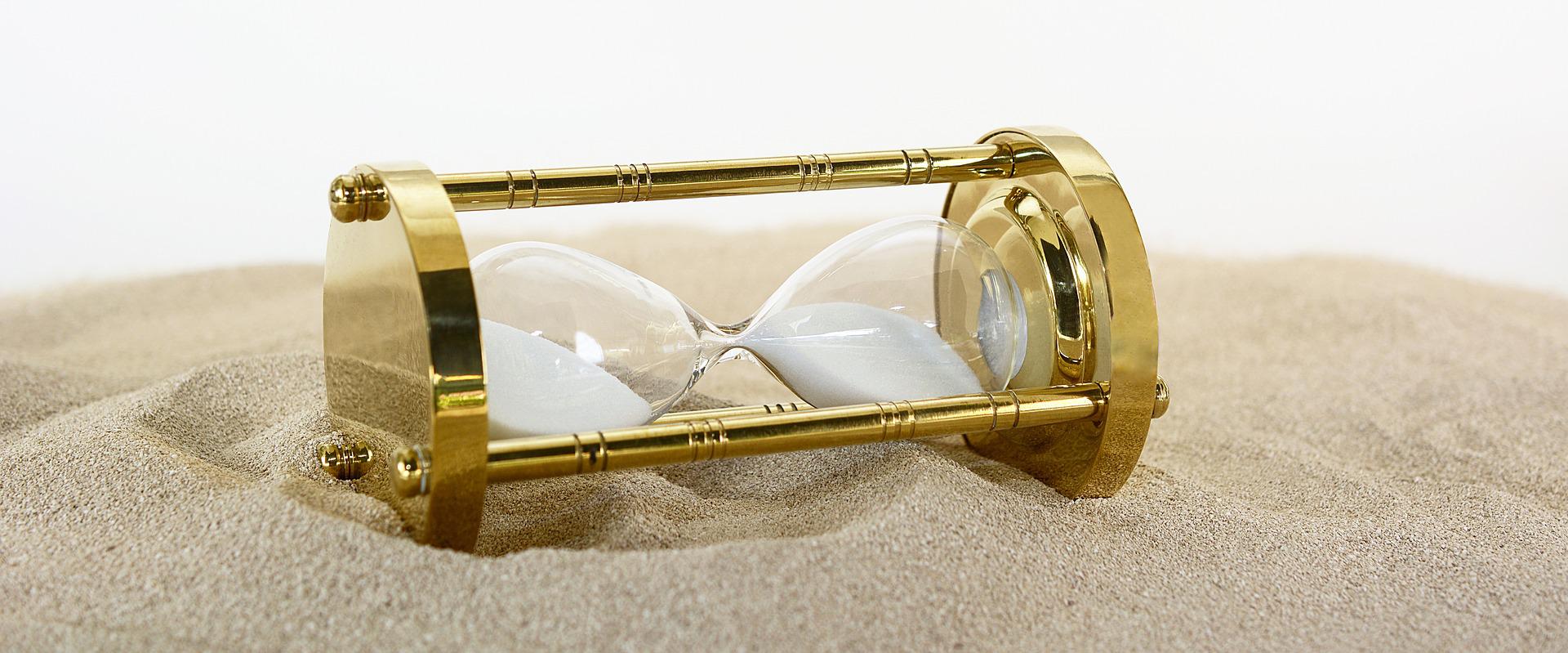What Is a Middle-age Crisis? Had Yours Yet?

The concept of a “crisis” at mid-life is talked about a lot.
IMHO, it’s highly overplayed. Few of us experience a true crisis. It’s really more of a catharsis that we go through, usually starting at that point where the ego begins to move aside and the need to continue to accumulate, strive for title or prestige, and meet artificial cultural expectations begins to fade.
It can be a point in which the individual comes to grips with the fact that earlier life decisions have placed them into something outside of their true nature or essence.
Often, it’s the realization that continuing on the ego-dominated track seems pointless, or certainly not fulfilling, in the long run.
The caricature of the red convertible, trophy wife, and bling is rarely the true manifestation of a middle-age crisis. It will tend to be more of a phase of deep and often uncomfortable internal turmoil and reflection, with questions like:
- Is this all there is?
- Does anyone know I’m here or really care? (P.S. – they don’t.)
- Am I doing anything that will succeed me? How do I leave a footprint when I’m gone? Do I still have time?
- Why do I feel so empty in what I do?
The classic for me, as I finally acknowledged a catharsis in my mid-50s, was this:
- Is it true that the number of people who will attend my funeral will be largely determined by the weather?
OUCH!
For many, this midlife catharsis represents a significant turning point that leads to a life that is more fulfilling and purposeful. For others, the potential for this turning point is missed, the cathartic questions ignored, the ego kept in control, and an opportunity wasted.
The career is where the catharsis and the tough questions are most likely to emerge. Most career decisions are made to satisfy the ego and the need to accumulate, compare favorably, and meet cultural expectations.
It’s a fortunate soul who comes to the realization that their career choice is misaligned with their deepest talents and true essence and then able to emerge from this catharsis doing something that aligns with that essence.
I’m a poster child –
-for mishandling a catharsis.
I acknowledged, by my mid-50s, that corporate life had been a mismatch for me all along, although I was almost three decades into it.
I decided to disengage and do my own thing at age 60, a time when many are choosing which pasture they want to head for.
My own thing didn’t flourish. It was done for the wrong reasons – to make more money and gain control of my time.
Ego driven.
It failed to consider the misalignment with the way my creator wired me up, with the things that were natural, comfortable, and easy for me.
I was continuing to try to fit the proverbial square peg in the round hole.
A second catharsis.
It took me until my 70s to fully unfold the earlier catharsis and realize and act on my true essence and innate talents.
I was a teacher, a learner, a deep introvert, an iconoclast with a “terrifying longing” to write or speak to the unordinary.
Although quite late, I consider myself fortunate to know where I should be and what I should be doing by honoring my essence. And that I have something that I can finish out with and perhaps even leave a faint footprint.
I’ve adopted a mantra from one of my heroes, Dr. Ken Dychtwald, author and expert on aging and founder of the AgeWave organization, who lives by this simple phrase:
Breathe – Learn – Teach – Repeat
It’s a fit and the result of catharses, not a crisis.
Did you have one? Having one now? If you did, how did your middle age crisis/catharsis play out? Love to hear from you on this one. Leave a comment or email me at gary@makeagingwork.com.
P.S. I apologize for my two-week absence (the first time in 5 years). My hosting service chose to do maintenance on my site on 9/19 and proceeded to take down the site along with access to my WordPress. It took them until last week to sort it out.


























